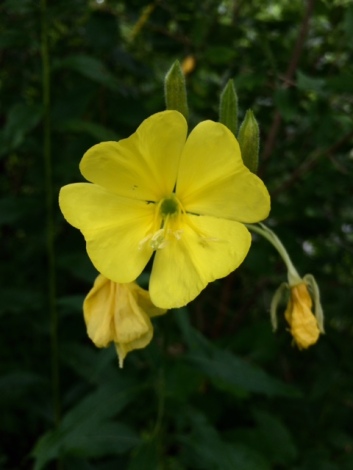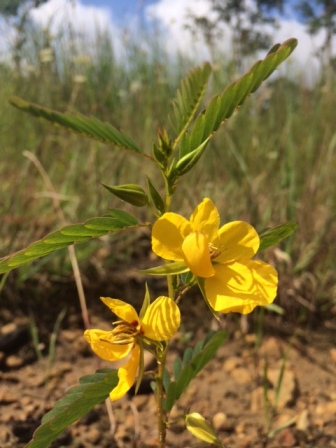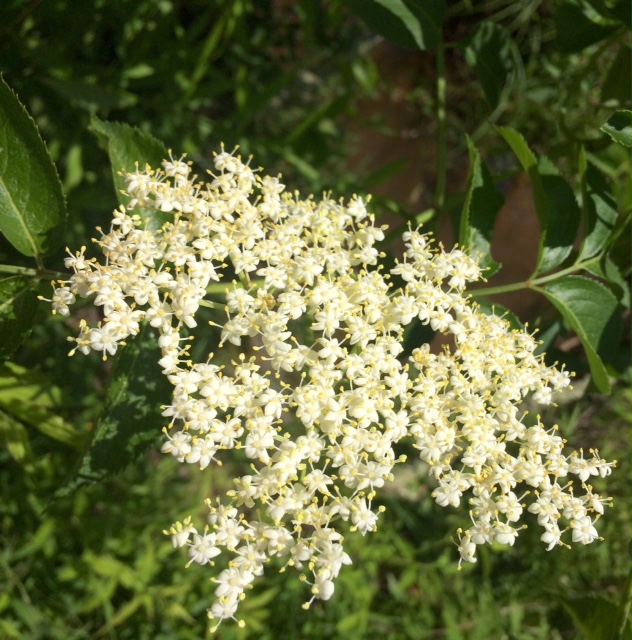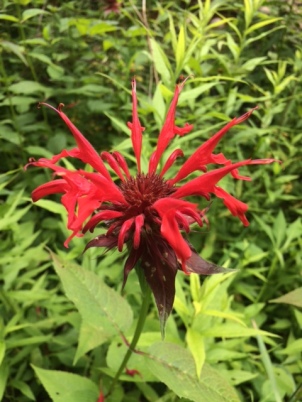
Oenothera biennis
Family Onagracea
This night blooming flower is of the Evening-Primrose family, although not a true primrose. It reminded early colonizers from Europe of the primroses back home and was named hence. Two species exist in North America of similar qualities, Common and Sundrop.
The Common Evening-Primrose opens a series of bright, lemon scented blooms at dusk every evening and the blooms from the night before begin it wither. The stalk, when dried is sometimes used in floral arrangements.
It is pollinated in the dark by night-flying insects, such as hawkmoths and during the daylight hours by hummingbirds. Birds love it’s seed during the winter months and humans have eaten the root like one would eat a potato, the crushed root made into a poultice for boils, a poultice of the entire plant was applied to treat bruises, and to aid in the discounts of menstruation. The young leaves and shoots are gathered and boiled and a tea was steeped to treat laziness. It is harvested commercially to produce fatyy oils containing useful acids that are found in vitamin supplemints. It is known in some areas as “King’s Cure-All”.
This plant will grow in open sun, well drained soils, dry habitats, or alongside roads. It is a biennial plant and will need a full year in leaf alone before it blooms the following year. It will spread and in such cases might be considered “Hog Weed” or “Weedy Evening-Primrose”.
To propagate, collect seed from pods that will open in October. It will take 4 weeks for the seeds to germinate, but take note that this plant is considered invasive in some areas and spreads quickly with ease.
Sources:
Peterson, Roger, Peterson First Guides, Wildflowers 1986
Seymour, Jacqueline, Wildflowers
Burn, Barabara North American Wildflowers 1984
Immel, Diana Common Evening Primrose 2001 https://plants.usda.gov/plantguide/pdf/cs_oebi.pdf July 28, 2017


 Sambucus Canadensis
Sambucus Canadensis